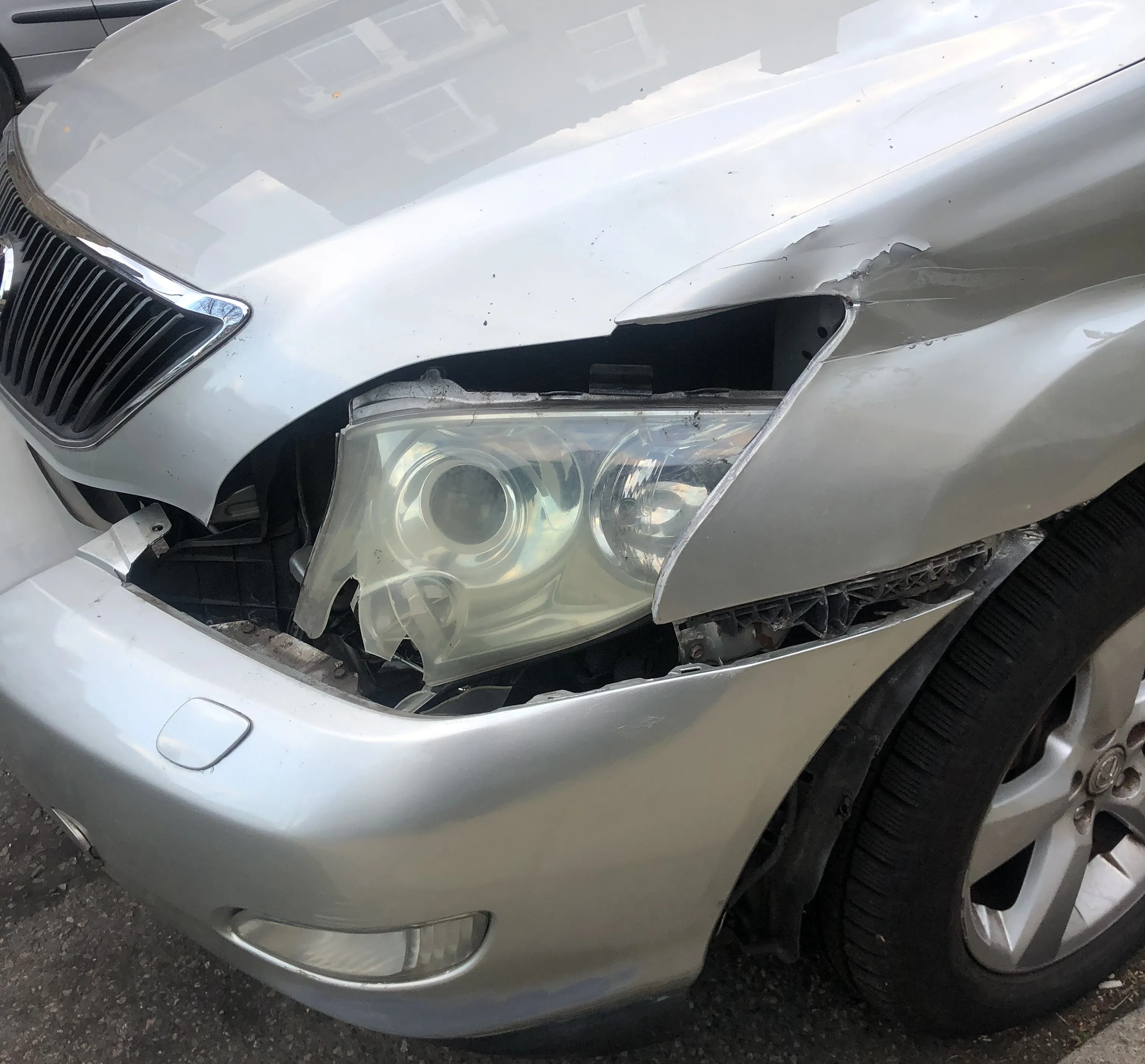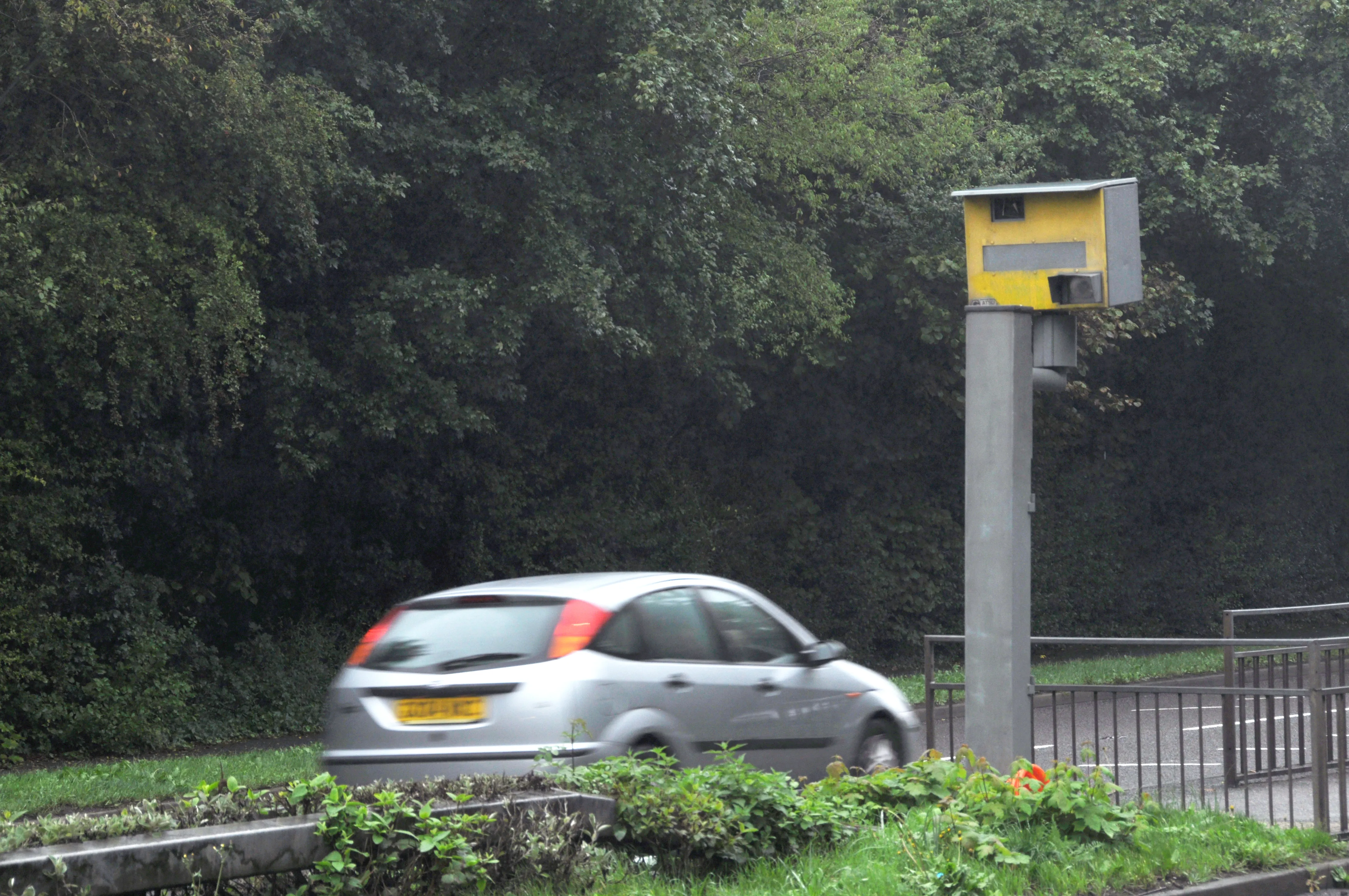Research from the US reveals that multi-tasking drivers are at a greater risk of crashes. The information comes from US driver risk management firm Lytx, which announced new data regarding commercial driving and distraction during the National Safety Council's Distracted Driving Awareness Month, in April 2019.
Crash data from the US shows that a minimum of nine people die in crashes due to distracted driving/day. Distraction is the second leading cause of fatal truck crashes in commercial vehicle fleet. According to Lytx, 23% of its scored events included a driver involved in several potentially risky behaviours. A multi-tasking driver faces a 100% increase in risk as compared to one who is engaged in just one potentially-risky behaviour.
The research also shows that risky behaviour of drivers tends to cluster. Drivers engaged in one risky behaviour were found to be involved in another at the same time. For example, drivers eating when driving were also found to not fasten their seat belt. A total of 65% of mobile phone usage was hands-free in 2018, up from 27% in 2016. Analysis also shows that there has been a 13% increase in the volume of risky driving behaviour that involved mobile phones. There has also been a 10% increase in the number of events in which the drivers use hands-free devices while engaged in another potentially risky distraction such as smoking or eating. Lytx's vice president of safety services Del Lisk says that the first step towards training safer drivers will be to determine the cause of risky behaviours.
Multi-tasking drivers are at greater risk of crashing
Research from the US reveals that multi-tasking drivers are at a greater risk of crashes. The information comes from US driver risk management firm Lytx, which announced new data regarding commercial driving and distraction during the National Safety Council's Distracted Driving Awareness Month, in April 2019. A minimum of nine people in the US die in crashes due to distracted driving every day. Distraction is the second leading cause of fatal truck crashes in commercial vehicle fleet. Lytx has found that 2
May 2, 2019
Read time: 2 mins







